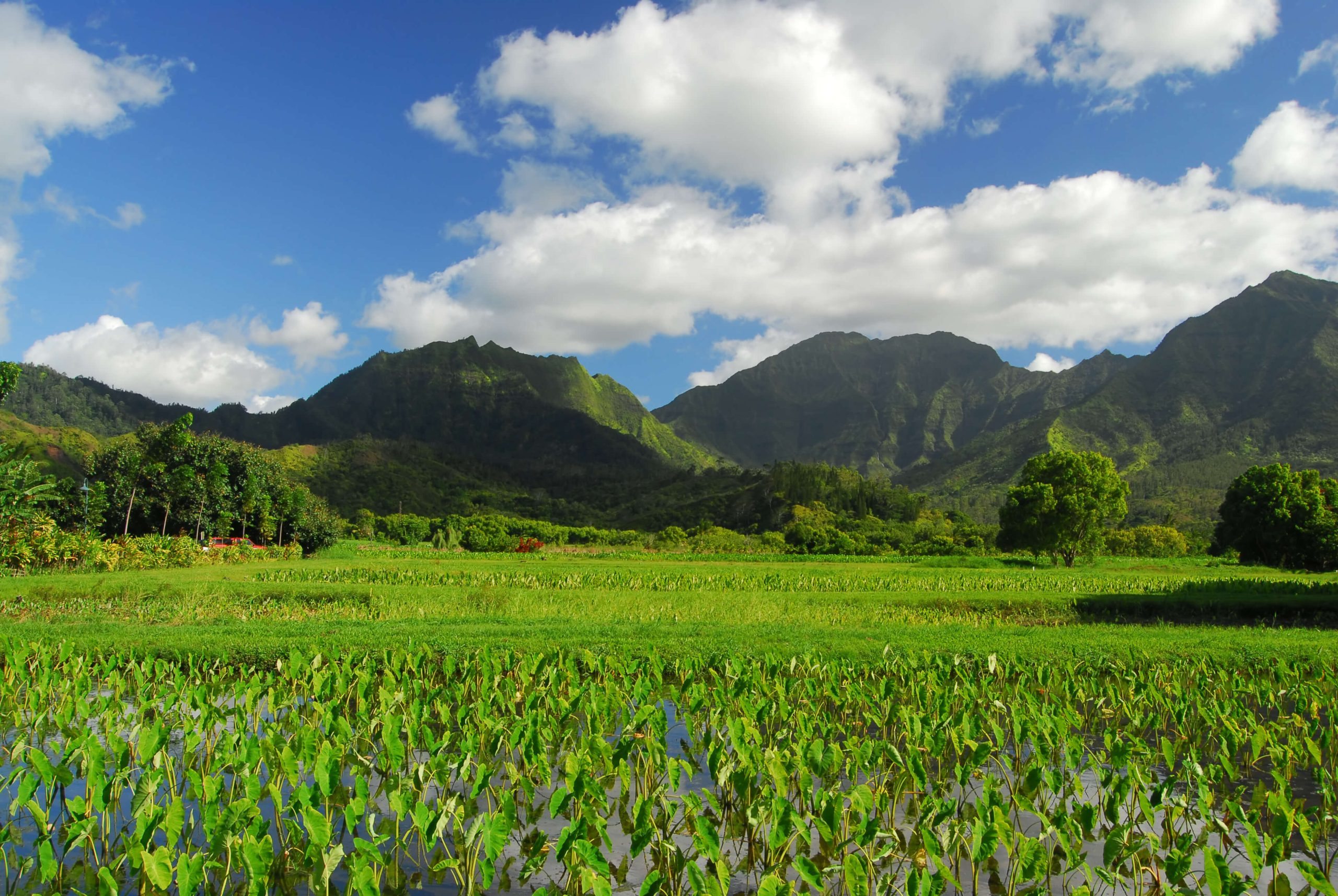
The small island nations spread across the Pacific Ocean evoke romantic notions of life on an island paradise for many around the world. But beyond the beautiful beaches and coral reefs, the low-lying atolls and mountainous, forested volcanic islands, crisis is already occurring: The grueling storms and rising tides of a changing climate threaten to swallow the land and lives of many who call the Pacific Islands home. The Pacific Islands’ contribution to greenhouse gases in the atmosphere is negligible, but—like other Small Island Developing States—they suffer disproportionately the effects of global warming.
From Fiji to the Marshall Islands, Tuvalu to Papua New Guinea, the Pacific Islands’ array of low-lying islands and atolls, or chains of ring-shaped reefs, confront destruction wrought by rapidly increasing sea levels, warming temperatures, intensified storm surges and persistent droughts. Broadly, these extreme weather patterns impede economic development, hamper residents’ ability to access clean water and contaminate or erode the soil nations rely on for agriculture and fundamental food security.
The Pacific Islands as a group may be the planet’s most vulnerable nations to the effects of climate change, with some facing possible obliteration. Pacific Island leaders meeting at the Pacific Islands Development Forum summit on 4 September 2015 issued the Suva Declaration, a call to the world to take firmer action on climate change. Specifically, the leaders said that the standard that would eventually be adopted in Paris later that year of limiting global warming to 2⁰C was “no longer safe for the survival of our Pacific Small Island Developing States,” and called for global commitments aimed at “limiting warming to well below 1.5⁰C above pre-industrial levels.”
The Pacific Islands already face a stark reality. Some 1,700 residents of Papua New Guinea- Carteret Island’s total 2,500 inhabitants have been named the world’s first environmental refugees; more than 20,000 Marshallese climate refugees have emigrated to the U.S. due to these extreme weather conditions. Cyclone Pam, which blazed through Vanuatu in March 2015, left 75 thousand residents without homes. Cyclone Winston in February 2016—the worst storm to ever hit the Southern Hemisphere—took the lives of 44 Fijians. By 2050, the World Bank predicts rising sea tides and increasing storm surges will swallow half of Bikenibeu, a Kiribati settlement home to 6,500 people.
The human, social, environmental and economic costs of inaction—or insufficient action—are unacceptable, but the Pacific Island states are moving forward with plans aimed at adapting and creating greater resilience to climate change.
From implementing national action plans, to pushing for global reductions in carbon emissions, the Pacific Islands are fortifying themselves against a changing climate, all while taking the lead to elevate the issue on the international stage. Islands have joined the Climate Vulnerable Forum; have ratified international climate change accords, like the Paris Climate Change Agreement; and widely advocate to limit temperature rise from global warming to 1.5° Celsius.
Financing, however, remains a constant impediment for these small nations to source capital needed to protect their vulnerable populations.
To date, support from the private sector, regional organisations and international partners has enabled the Pacific Islands to begin developing sustainable measures to adapt to climate change in the short term, all while preparing for the worst yet to come.